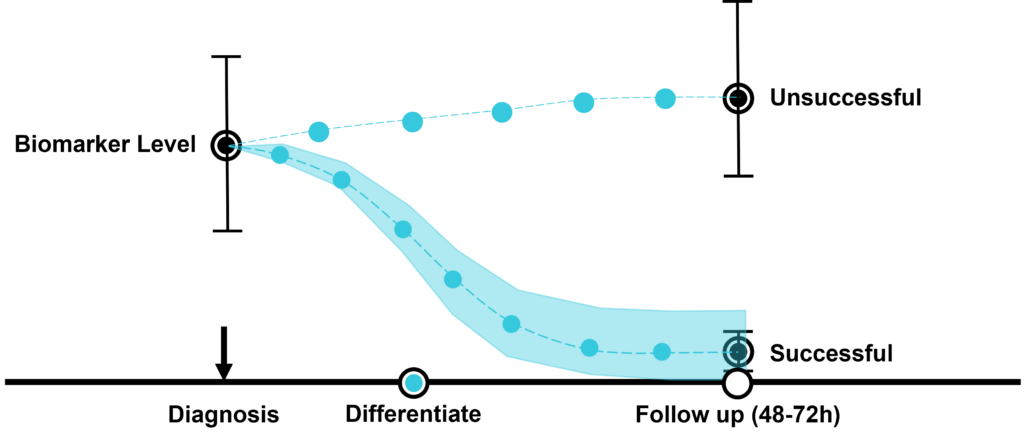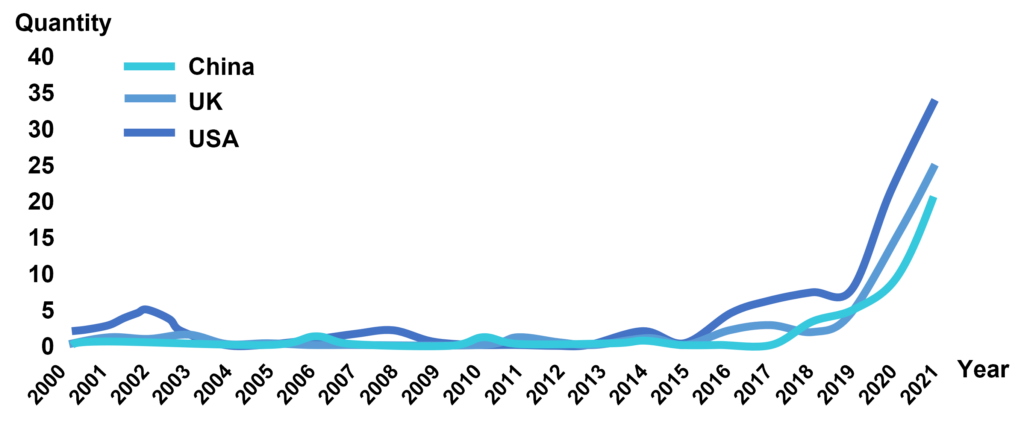digital twin

WHAT IS A DIGITAL TWIN?
Digital Twin
A Digital Twin is a digital representation of an intended or actual real-world physical product, system, or process. It serves as a digital counterpart for practical purposes, such as simulation, integration, testing, monitoring, and maintenance. A Digital Twin of an existing entity may be used in real time and regularly synchronized with the corresponding physical system.
Though the concept originated earlier, the first practical definition of a digital twin originated from NASA in an attempt to improve physical-model simulation of spacecraft in 2010. A digital twin can also be used for monitoring, diagnostics and prognostics to optimize asset performance and utilization. To this end sensory data can be combined with historical data, human expertise and fleet and simulation learning to improve the outcome of prognostics.
Industrial use cases already exist in the manufacturing industry, urban planning and construction industry and the automotive industry.
Patient Digital Twin
Another industrial application of Digital Twins has been the healthcare industry. It was originally used in product and equipment prognostics. However, recently it has been proposed to extend this further and include patients as well. With a patient Digital Twin, lives can be improved in terms of medical health, sports and education by taking a more data-driven approach to healthcare. The availability of new technologies makes it possible to build personalized models for patients, continuously adjustable based on tracked health and lifestyle parameters. The biggest benefit of the Digital Twin on the healthcare industry is the fact that healthcare can be tailored to anticipate on the responses of individual patients. It could therefore be a powerfull tool to help caregivers provide patients with personalized medicine.

Biomarkers
C-Reactive Protein (CRP) and Procalcitonin (PCT) have been two biomarkers that are widely used in sepsis diagnosis and monitoring. The drawback with these biomarkers are that they take a relatively long time to increase after an infection occurs and that they have a relatively long half-life as well. This makes them less suitable for early detection and antibiotic guidence. Pancreatic Stone Protein (PSP) has been suggested as a new biomarker but has many of the same properties as PCT. Interleukin 6 (IL-6) is not a new biomarker in sepsis detection but has gained popularity in recent years. It has fast dynamics and high diagnostic value. Furthermore, it has been suggested as a better alternative for antibiotic guidence than traditional biomarkers.

Detection
By monitoring biochemical singals, for example cytokines like interleukin 6, we expect to be able to detect infections earlier than in traditional and state-of-the-art detection methods. Biochemical signals are used for diagnosis, therefore, this detection method is also expected to yield less false positives compared to current methods.

Therapy
The Digital Twin of a patient should be able to facilitate caregivers with information so they can make informed decisions on drug dosing in critically ill patients. The pharmacokinetics of drugs are patient specific and depend on patient characteristics and organ function.



Feature 1
Decision support to select the most optimal treatment, for example what antibiotic to use.
Feature 2
Decision support to select the most optimal dose.
Feature 3
Decision support to select the most optimal dosing regimen.
Monitoring
Insight in therapy effectiveness could enable caregivers to make more proactive adjustments to the treatment. Continuous biomarker monitoring may help caregivers identify responders and non-responders in an early stage.

Patient Digital Twins in Research
Publications about patient Digital Twins are becoming increasingly prevalent in literature. Since 2019 the number of publications mentioning Digital Twins in clinical setting has seen a dramatic increase. Most of these publications mention the potential this technology could have in a healthcare setting. We want to develop the scientific basis on which we can build a patient Digital Twin. To this end, clinical data has to be analysed and mathematical models have to be developed and validated.
Patient Digital Twins in Industry
Healthtech companies such as Siemens and Philips are also looking into developing and incorporating Digital Twin technology in their next generation products.
Talk to us
Have any questions? We are always open to talk about collaborations, new projects and other opportunities.
